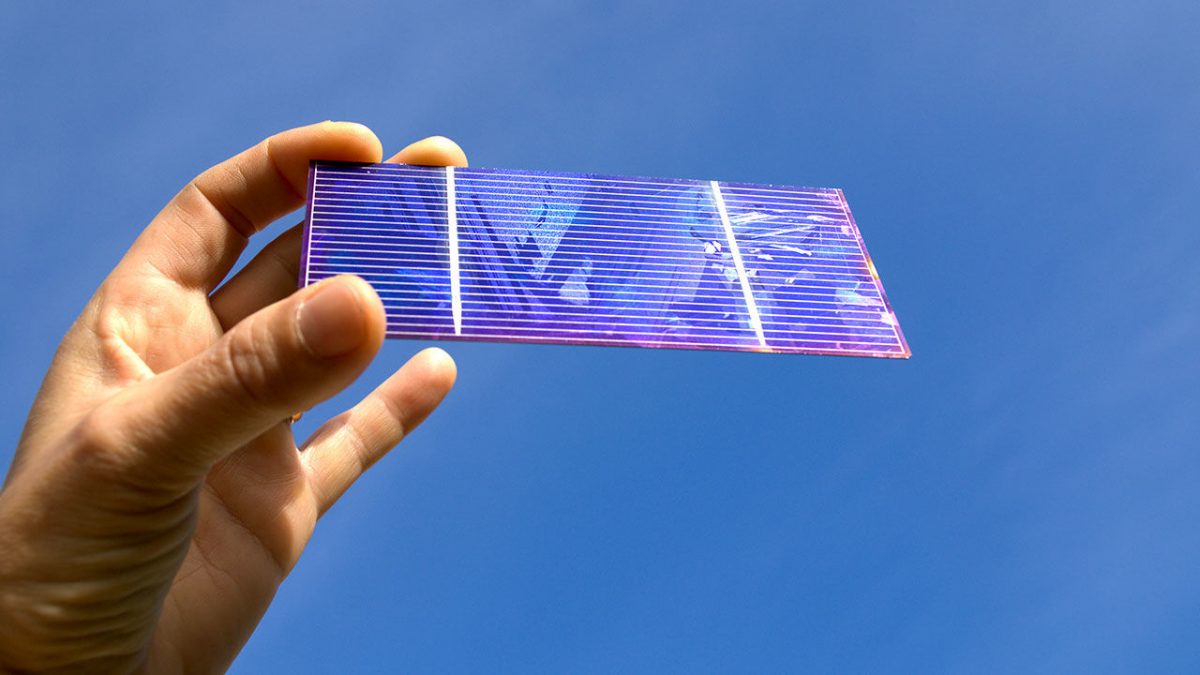The properties of materials, from the plastic in water bottles to the metal beams of skyscrapers, are determined by their microscopic structure. However, most substances are not perfectly uniform and rather contain a significant number of minuscule defects. These imperfections play a large role in determining the physical properties of the material, including its strength and durability.
These faults can be extremely difficult to discern, particularly with regards to optical technologies that function using light to observe nanoscopic surfaces. To retrieve relevant information on these interactions, it is necessary to visualize the microscopic structure of materials on the scale of femtoseconds and nanometers. A nanometer is a billionth of a meter, and a femtosecond is a millionth of a billionth of a second.
Peter Grutter, chair of the Department of Physics at McGill, directs the Grutter research group, which focusses on developing cutting-edge microscopes that harness the interaction of light and matter to visualize the nanoscopic surface of materials. Although observing physical defects is essential to ensuring the quality of a wide range of technologies, such as cameras and fibre optics, Grutter is particularly interested in its potential to improve solar cells.
“It’s not only by using less energy that we’re going to have a more sustainable society, […] there is a need in society to generate energy.” Grutter said in an interview with The McGill Tribune.
One visualization method involves the combination of two different advanced technologies: Atomic force microscopy (AFM) and ultrafast light. Developed in collaboration with the Cooke THz lab at McGill, this technique allows more powerful visualization than other leading techniques. AFM is a form of extremely high resolution scanning that uses a physical probe to examine the microscopic surface of a material. The AFM tip, the “finger” of the microscope, scans a sample similarly to how one could use their actual finger to feel a rock for cracks.
To achieve both the time and size accuracy required to detect these cracks, the group incorporated the use of ultrafast lasers. In this method, a laser pulse is directed toward the sample, which causes the electrons in the material to oscillate in what is known as optical stimulation. This generates an electric polarization, where the positive and negative charges of the material separate. These charge separations are then detected by the AFM tip without the need to make physical contact with the substance, ultimately allowing researchers to image its substructure.
Grutter’s current work focusses on nonlinear materials, those which polarize unevenly in response to high light intensities. The group’s most recent paper concerns the imaging of a specific material called lithium niobate, which is frequently used in cell phone components. In the future, the research group aims to expand the technology’s use to a wide range of common materials.
A major potential application of the new method is solar cell technology. Solar cells use organic compounds, molecules that contain bonds between carbon and hydrogen atoms, that can receive or donate an electron to generate electricity. Modern chemistry techniques can create synthetic organic molecules, which have a wide range of structures and properties. Unfortunately, theoretical modeling of such synthetic substances is still imperfect, and fully understanding their properties requires them to actually exist. Grutter aims to move past that need all together.
“If you understand, it essentially means you can actually predict stuff quantitatively [and] correctly,” Grutter said.
Grutter hopes that the ability to fully visualize the structure of existing organic molecules in all their imperfections will allow for models with enhanced predictive power. This would allow chemists to better understand a theoretical material’s properties without even having to create it, greatly accelerating the discovery of new substances.
“I think there’s an ethical responsibility to somehow, in the long-term at least, have some sort of return on investment [on resources put into research],” Grutter said. “In the long-term, I think it’s actually important that we contribute to society.”









